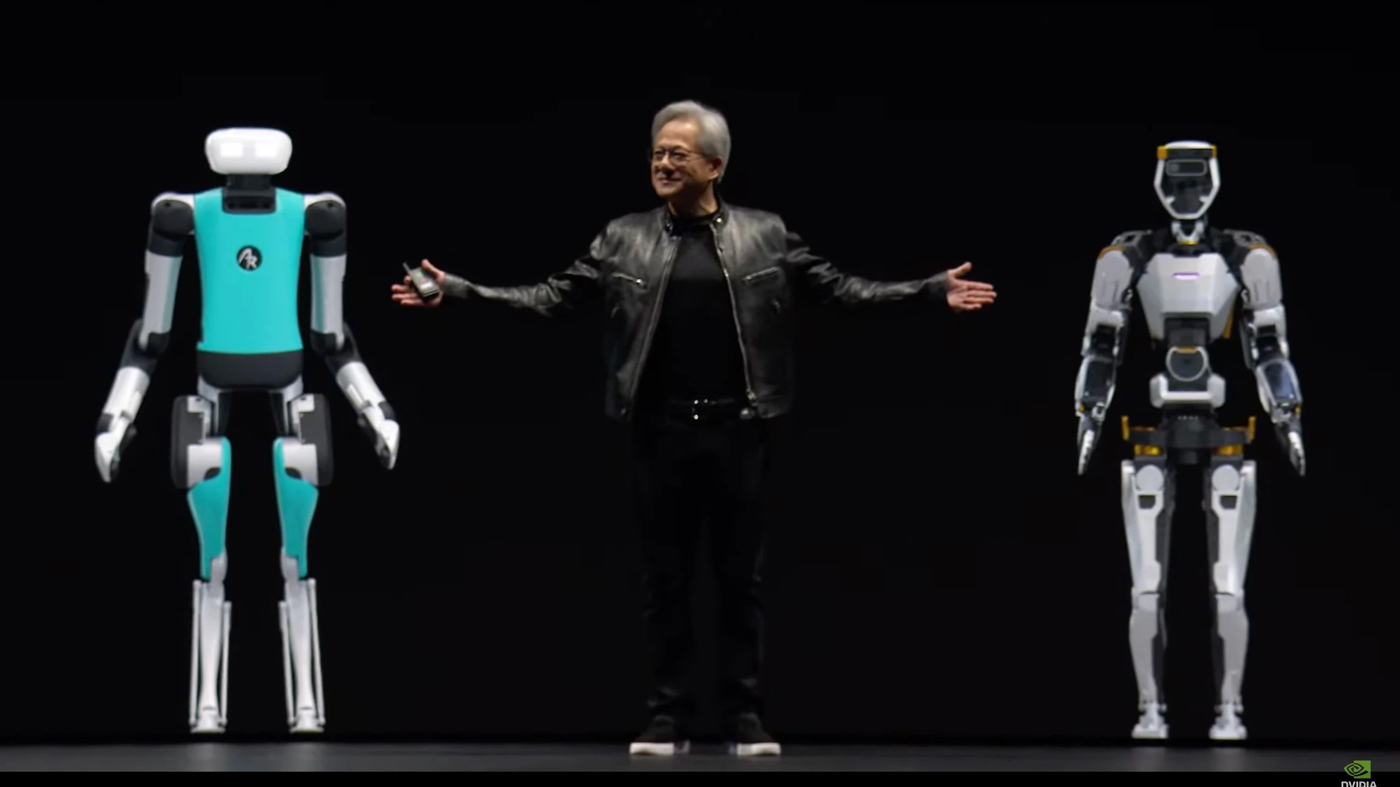Scientists are using AI to understand how animals communicate
For centuries, humans have observed and marveled at the intricate ways animals communicate with each other. From the complex songs of whales to the synchronized dances of honeybees, these silent languages have remained largely a mystery. However, the tide is turning. Scientists are now harnessing the power of Artificial Intelligence (AI) to decode these animal communications, potentially unlocking a new era of understanding their behavior and aiding in crucial conservation efforts.
Imagine being able to decipher the meaning behind a dolphin’s clicks or the urgency conveyed by a honeybee’s waggle dance. This is what AI-powered research is striving towards. Advanced algorithms are analyzing vast datasets of animal sounds, movements, and behaviors, searching for patterns and correlations that reveal the underlying structure of their communication systems.
One intriguing project, the Earth Species Project, focuses on decoding dolphin communication. By collecting and analyzing recordings of dolphin whistles and clicks, they hope to identify individual dolphins, understand their social interactions, and even discover if they possess dialects similar to human languages. This information could be invaluable for tracking dolphin populations, studying their social structures, and identifying potential threats to their well-being.
Beyond marine mammals, AI is also being used to decipher the complex calls of birds, the intricate dances of insects, and even the subtle scent markings used by some mammals. Each breakthrough provides fascinating insights into the animal world, revealing hidden complexities and shedding light on their social lives, cognitive abilities, and ecological roles.
The implications of understanding animal communication go far beyond mere curiosity. With this knowledge, conservation efforts can be optimized. For example, identifying stress signals in endangered species could help mitigate threats and protect their habitats. Additionally, understanding how animals communicate with each other can inform sustainable practices that minimize human impact on their ecosystems.
Of course, ethical considerations must be addressed. As we gain the ability to understand animal communication, it’s crucial to ensure that this knowledge is used responsibly and ethically. The goal should be to improve the lives of animals, not exploit them.
The decoding of animal communication using AI is still in its early stages, but the potential is immense. This exciting field promises to revolutionize our understanding of the animal world, fostering a deeper connection and enabling us to better coexist with these fascinating creatures we share our planet with. As we delve deeper into the animal code, we may just discover that they have been speaking to us all along, waiting for us to finally listen.





